From nickel to lithium-ion to lead-fleece – there are many types of portable power sources, all with their own individual characteristics. The most important factors for users are undoubtedly the battery life and the charging time. Today we take a closer look at different battery types, without which portable sound would not be possible.
What exactly is a battery and which types of battery are there?
To put it simply, a battery can be described as a storage device for electrical energy. It basically consists of two electrodes and an electrolyte. One of the electrodes is positively charged (cathode) and one is negatively charged (anode). The electrolyte is a conductive liquid inside the battery. When you charge the battery, the incoming electrical energy is converted into chemical energy and stored in the electrolyte. When the device is used and the battery discharges, the chemical energy is converted back into electrical energy. This occurs via the two electrodes. This is the basic principle of how a battery works.
There are four commonly known battery types: the nickel-metal hydride battery, the nickel-cadmium battery (although largely prohibited), the more well-known lithium-ion batteries and the related lithium-ion polymer batteries. We will also discuss classic AA batteries and the lead-fleece battery.
Nickel-cadmium and nickel-metal hydride batteries
First, let’s take a look at the nickel-cadmium and nickel-metal hydride batteries. The nickel-cadmium battery (NiCd) has actually been banned since 2009 and is only allowed for used in tools or emergency systems. This is because the cadmium component makes it not particularly environmentally friendly. It also has a lower capacity and is susceptible to the memory effect, which you can learn more about in this articleOpens in new tab. So the battery is likely to run out faster if the capacity decreases with time due to incorrect charging. However, the advantages of the nickel-cadmium battery are that it is quite robust, not too temperature-sensitive and can be recharged very often. Up to 1,500 charging cycles are possible, which is quite a lot.
The nickel-metal hydride (NiMH) battery is a disposable rechargeable battery, although the size of the battery varies. At the same size as the nickel-cadmium battery, the nickel-metal hydride battery has a significantly higher capacity of about +50%. However, the life span is shorter because you can normally only recharge it 500 – 1,000 times and the memory effect can also occur here.
The nickel-cadmium battery (NiCd) and the nickel-metal hydride battery (NiMH) are among the battery types that are not installed or used in our products.
Lithium-ion battery (li-ion) & Lithium-ion polymer (li-poly) batteries
The lithium-ion battery and the lithium-ion polymer battery are more commonly known, since most of them are actually used in modern devices. This is also true for Teufel products, for example our Bluetooth speakers and Bluetooth headphones. The lithium-ion battery (li-ion) is usually used when there is little space and a lot of power is needed (for example laptops, smartphones or even flat speakers/headphones). It is most comparable to the nickel-metal hydride battery, as it has approximately the same service life and capacity. The only difference is in size and the fact that there is no memory effect. Even if the battery indicator shows 45%, you can charge the battery no worries.

Replacement battery for the BOOMSTER
If you want to be even more independent and flexible with the Teufel BOOMSTEROpens in new tab, you can now add another battery. Just replace the battery in seconds and let the party continue.
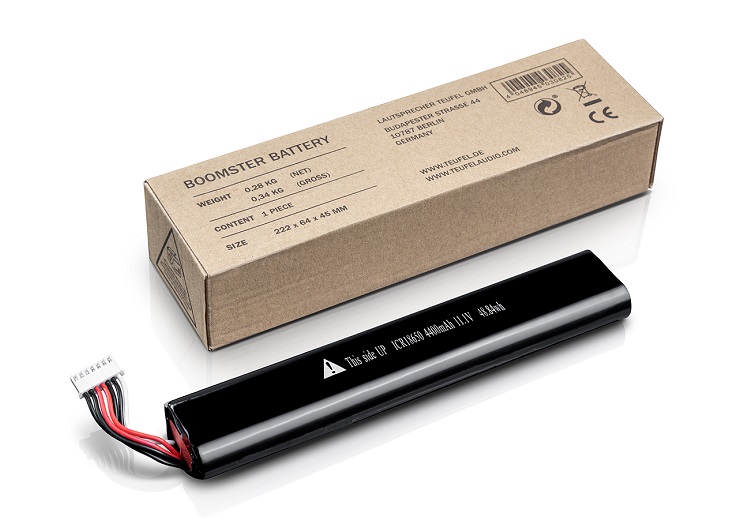
The lithium-ion polymer battery (li-poly) is merely a further development of the normal lithium-ion battery. The difference here is that it can be shaped as required and can therefore be accommodated in even the smallest or flattest devices (e.g. ultrabooks or tablets). Unfortunately, the life span is also much shorter, since you can only charge the lithium-ion polymer battery 300 – 600 times instead of 500 – 1,000 times as with the lithium-ion battery or the nickel-metal hydride battery.
The optimum operating temperature for all lithium-based battery types is 20-25 degrees. However, this does not mean that you cannot use any of the battery types below 20 degrees; the so-called battery inertia does not occur until the freezing point.
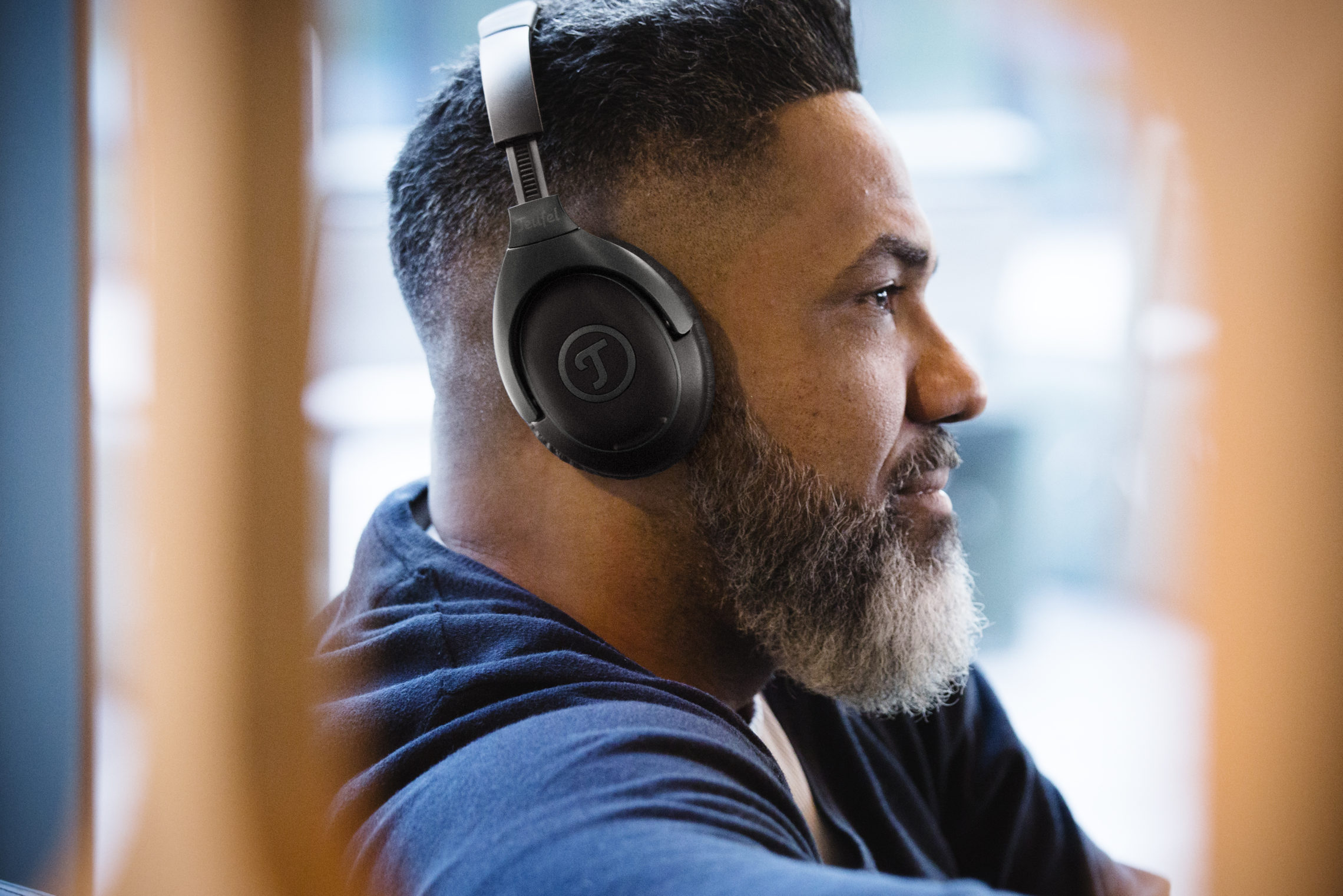
Other battery types: lead-fleece battery
Finally, we would like to mention the lead-fleece battery (also AGM – Absorbent Glass Mat), which is currently used in our most popular product: the Rockster. The AGM battery requires a particularly powerful power source to create and maintain its sensational sound. There are three different types of lead-based batteries, amongst which only the AGM battery is really relevant. It is characterised by the fact that it has a very long lifespan and is maintenance-free. In direct comparison to the Bruder batteries (gel lead & pure lead batteries), the lead-fleece battery has a protective glass-fibre fleece layer which prevents the electrolyte (the liquid inside) from leaking, no matter what happens. This could damage the speaker or even render it inoperable. In terms of performance, this battery is comparable to a car battery.
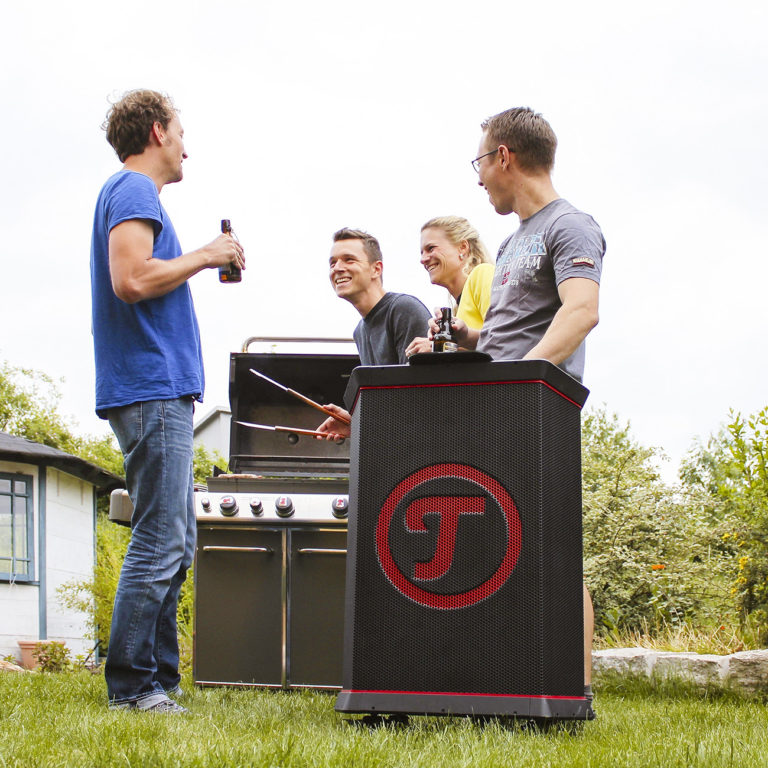
Sample products with batteries from Teufel
[product id=”27473,27517,25936″]
Conclusion: an overview of different battery types
- Nickel-cadmium battery (environmentally harmful because of the cadmium, and therefore prohibited, battery is quickly empty, if incorrectly charged the capacity of the battery can be damaged; however robust, not so temperature-sensitive and rechargeable a high number of times)
- Nickel-metal hydride battery (the environmentally friendly variant of nickel batteries, externally comparable to a disposable battery; significantly longer service life than cadmium batteries, but not so often rechargeable)
- Lithium-ion battery (space-saving battery solution that offers approximately the same capacity and service life as metal hydride batteries, but smaller and lighter, and without capacity loss due to incorrect charging)
- Lithium-ion polymer battery (advanced ion battery, which can be individually shaped and still offers high capacities; however, the lifetime is still a little short; no memory effect here either)
- Lead-fleece battery (type of battery based on lead, with protective glass fibre fleece all around, so that nothing happens if it runs out; long service life and maintenance-free, strong capacity as with a car battery; installed in our Rockster)
- AA battery (normal disposable battery, needed for remote controls)
- Button cell battery (rechargeable button cells)
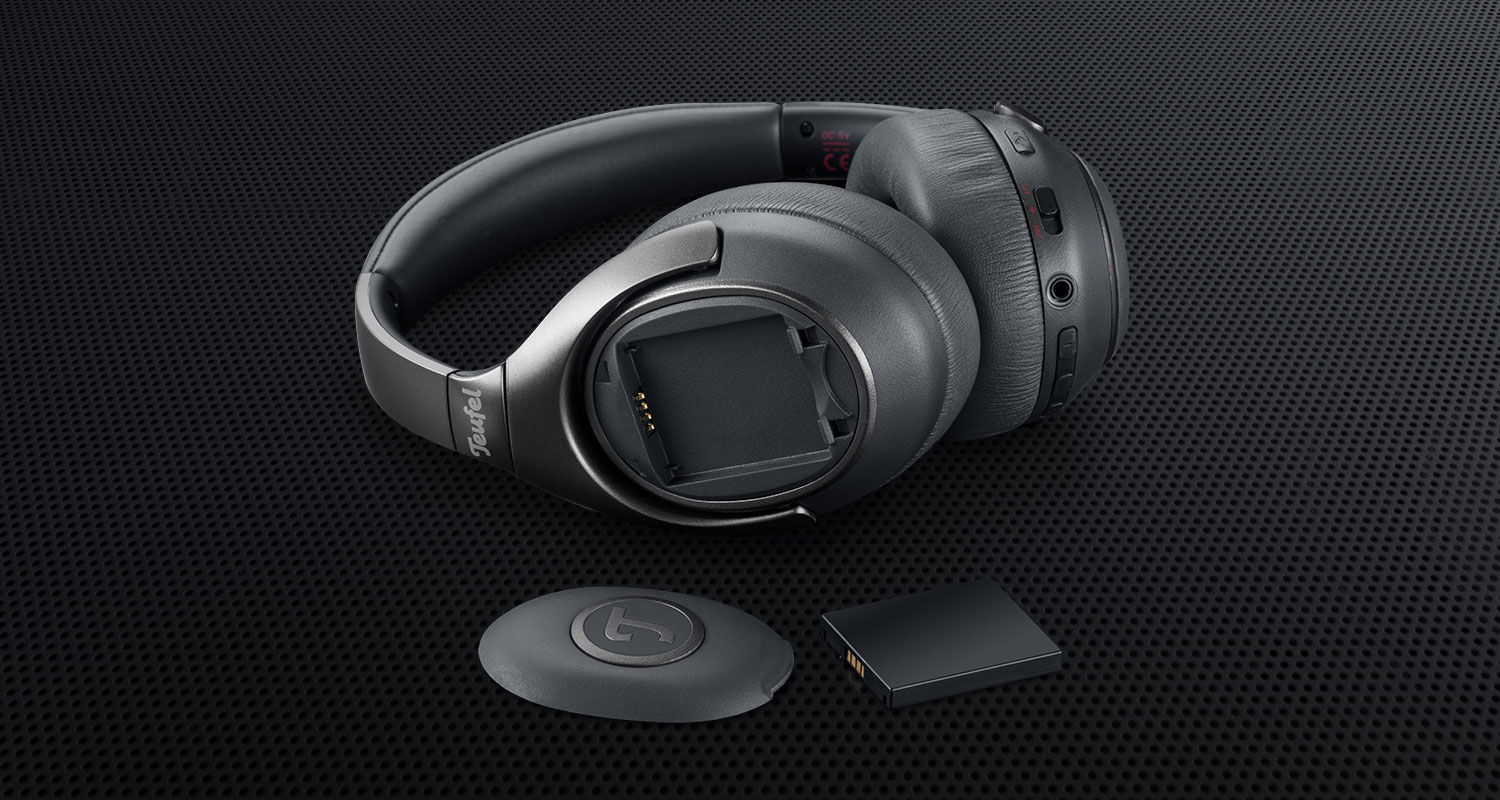

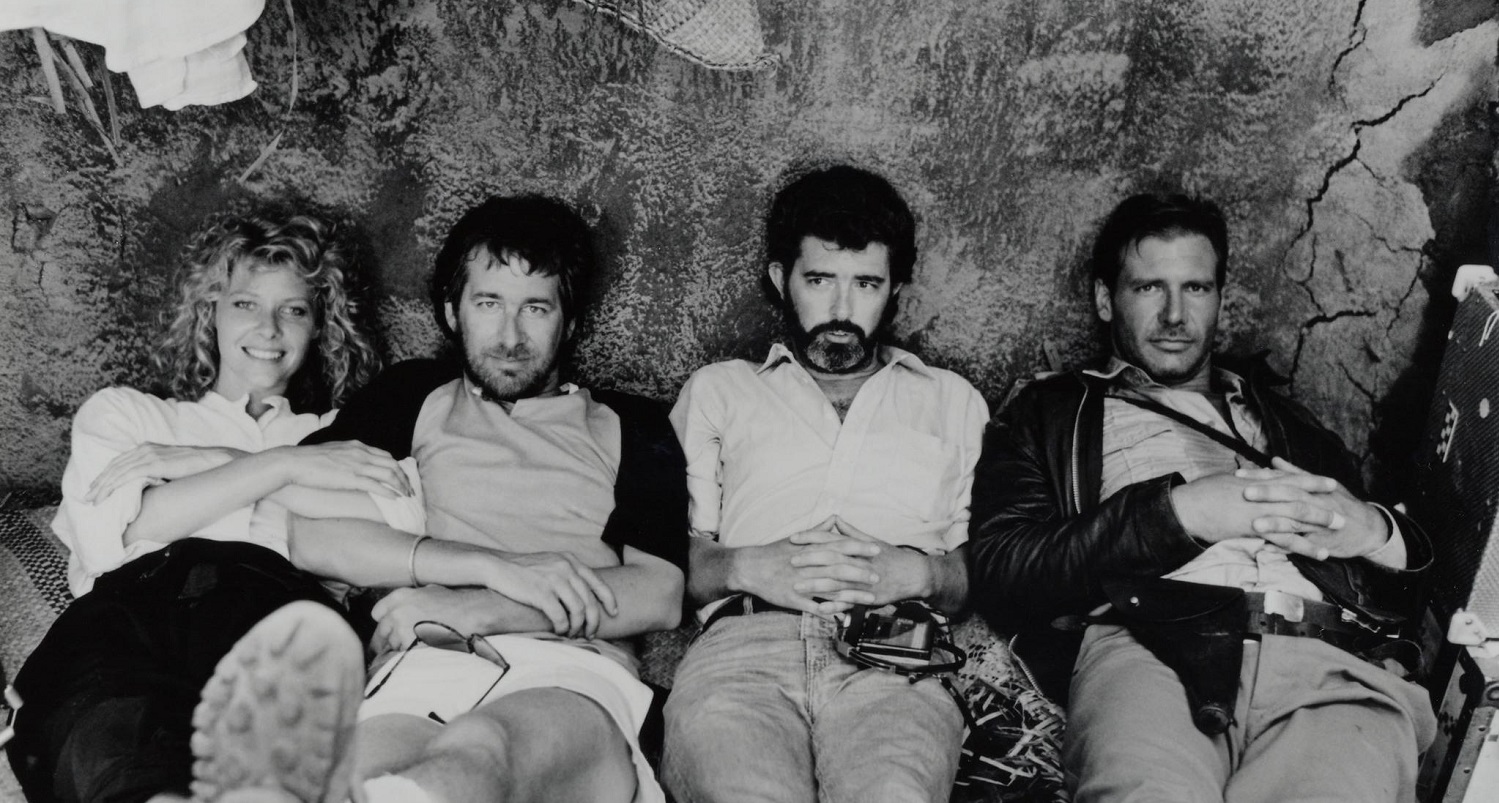
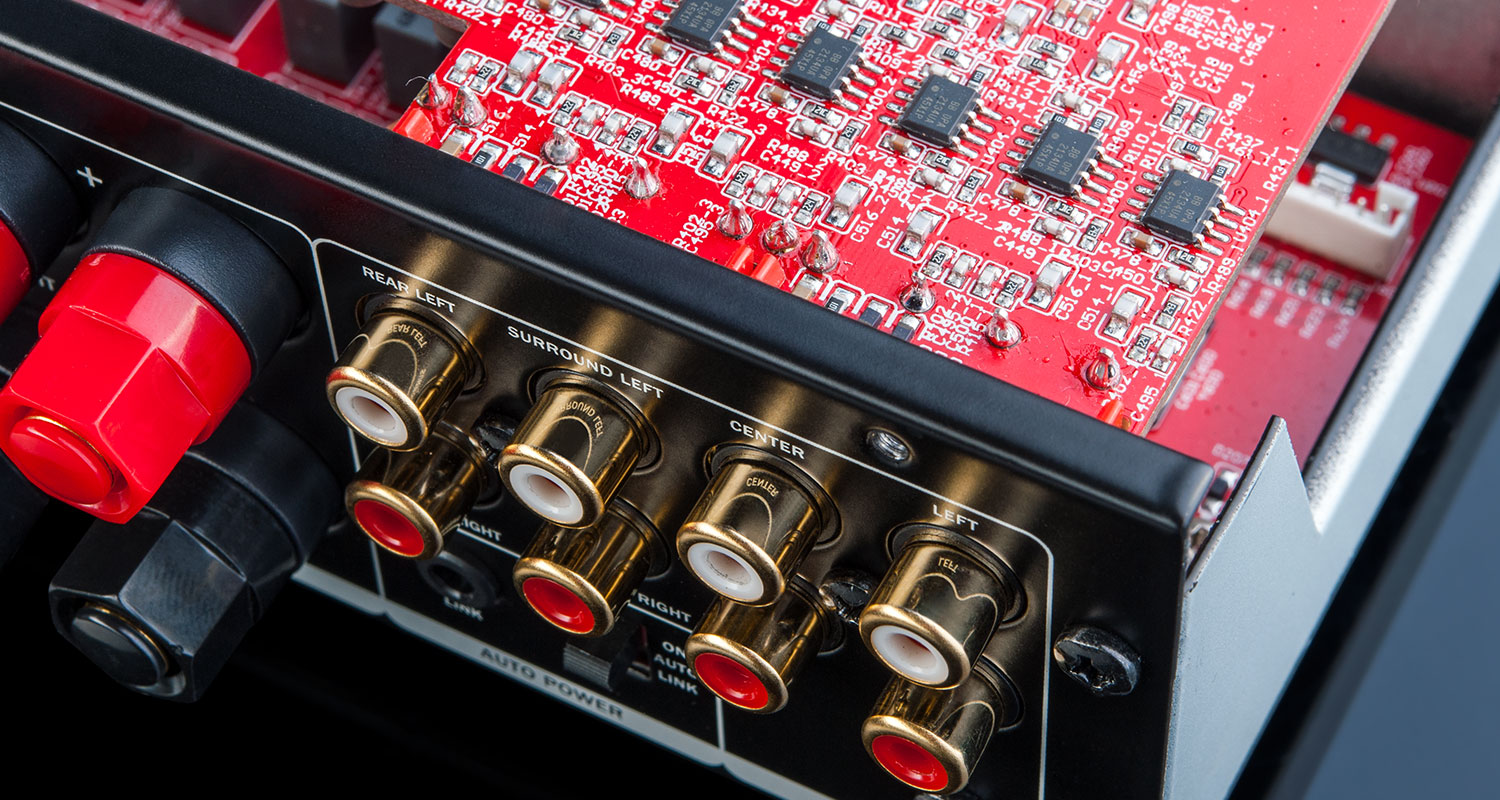

Leave a Reply